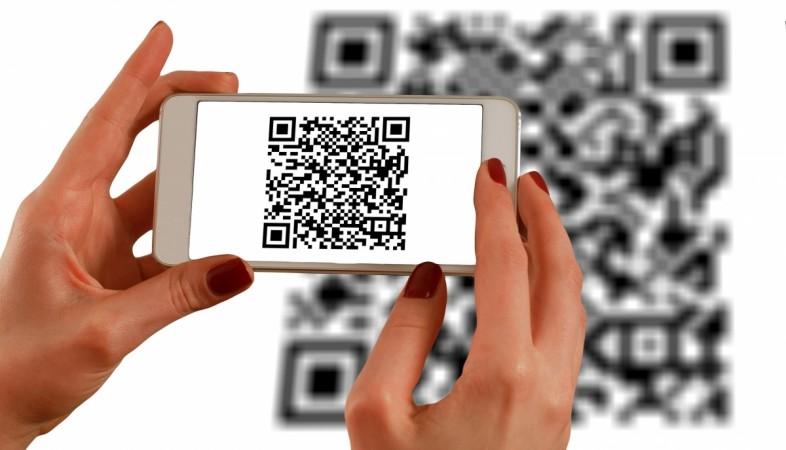We often hear about scams and frauds carried out digitally, but only its victims understand the importance of being careful. Internet is a useful place to be, but it has its own perils. Digital payments have become a norm these days - all thanks to the government's push for a cashless economy, cheap data rates and smartphone penetration in India.
On one hand, the convenience of making payments digitally is unmatched, there are some risks involved in the process. Recently, the State Bank of India (SBI) issued a warning to all of its online banking customers to avoid public charging kiosks as hackers could empty bank accounts using juice jacking method.
The chances of people using a public mobile charging station aren't as frequent as one would use mobile wallets to make payments. Fraudsters have tricks to fool people in more than one way and in this case, WhatsApp users could be at risk.
![[Representational image] Fraud](https://data1.ibtimes.co.in/en/full/634412/fraud.jpg?h=450&l=50&t=40)
WhatsApp's dominance in the messaging space makes it an ideal target for fraudsters to carry out scams. Bad actors are adding a touch of legitimacy to the scams they carry out these days and it is important for users to practice caution every step of the way.
QR code scam
Cybercriminals adopt new ways to trick users. So every time, the tricks are different and users must be vigilant, especially when trading with strangers. Fraudsters are trying to steal money from unsuspecting people by sharing their QR codes.
Scammers usually approach people who have posted an ad to sell an item online. This usually requires people to deal with strangers. As a result, fraudsters are taking advantage of such situations and several cases involving the QR code scam have been reported in different cities.

How does QR code scam work?
Cybercriminals ask for the seller's bank account information to send the money. Then, the fraudsters share a QR code over WhatsApp to receive money in their account. But if do not pay attention, you will lose money in a jiffy. Fraudsters would send a collect request and simply by scanning and entering the PIN, the victim approves the request to pay the money and the money is deducted from the bank account.
If the victim fails to identify the QR code is requesting payment instead of receiving money, cybercriminals win. The interaction between the fraudster and the victim are usually legit, and when the person identifies the scam, the cybercriminal would usually paint it as an innocent mistake.

















